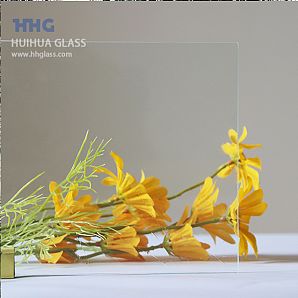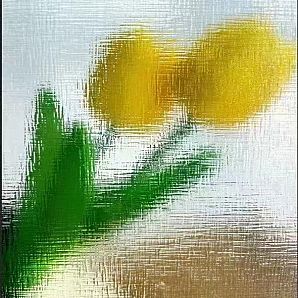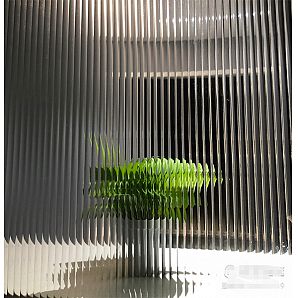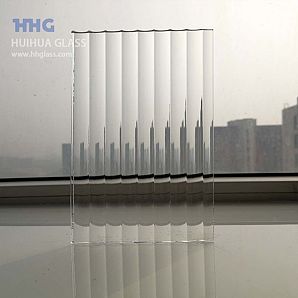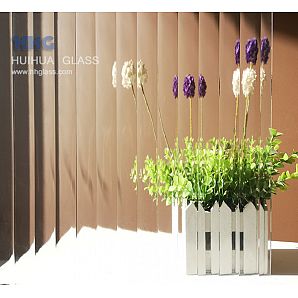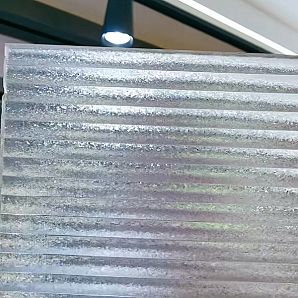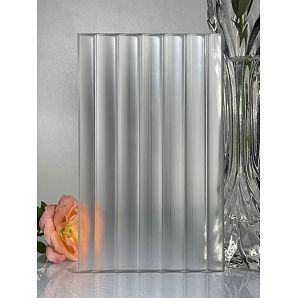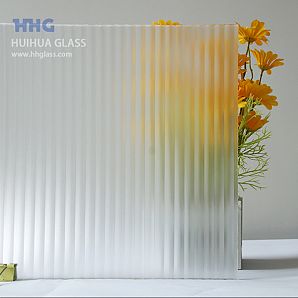Why the Energy Saving Performance for Low e Laminated Glass isn’t Good?
The energy-saving performance of low-e laminated glass may not be optimal when the low-e film coating is positioned on the inner surface of the laminated glass. This is because the low-e film coating is effective in reducing thermal exchange between the glass surface and the air only when it is in direct contact with the air. If the low-e film is placed on the inner surface, the glass surface in contact with the air remains the same as normal float glass, and the thermal exchange is equivalent to that of standard glass.
Key points explaining the energy-saving performance of low-e laminated glass in this context:
Thermal Exchange Mechanism:
Low-e glass is effective in reducing the U value (heat transfer coefficient) when the low-e film is in direct contact with air.
If the low-e film is on the inner surface of laminated glass, the glass surface exposed to air does not have the low-e coating, and the thermal exchange remains similar to normal float glass.
Loss of Advantage:
The advantage of limiting heat transfer due to temperature differences is lost in low-e laminated glass with the film on the inner surface.
The heat retention effect for the low-e film is diminished in this configuration.
Infrared Ray Reflection:
While the low-e film retains its characteristic of reflecting infrared rays, the overall energy-saving performance is compromised.
To illustrate this, test data was conducted by comparing normal laminated glass, low-e laminated glass (with the low-e film on the inner surface), and low-e insulated glass. The test involved irradiating the glass surfaces with a 300W IR lamp and measuring the temperature of the surfaces after 30 minutes.
The results indicated that the temperature for low-e laminated glass and float laminated glass was similar, confirming that the K value is the same for these two types of laminated glass. The slight temperature difference observed could be attributed to the absorbed heat on the back glass pieces being reduced by the low-e film coating.
It's important to note that while placing the low-e film coating on the inner surface of laminated glass may impact energy-saving performance, positioning the low-e film coating on the outer surface of the laminated glass can significantly improve energy efficiency. This highlights the importance of the placement of the low-e coating for optimal performance in different applications.
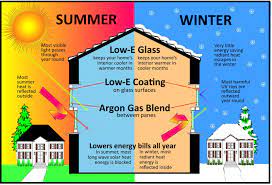
HHG is a professional glass manufacturer and glass solution provider include range of tempered glass, laminated glass, textured glass and etched glass. With more 20 years development, there are two produce lines of pattern glass ,two lines of float glass and one line of restoration glass. our products 80% ship to overseas, All our glass products are strict quality control and carefully packed in strong wooden case, ensure you receive the finest quality glass safety in time.
More Detail: www.hhglass.com

